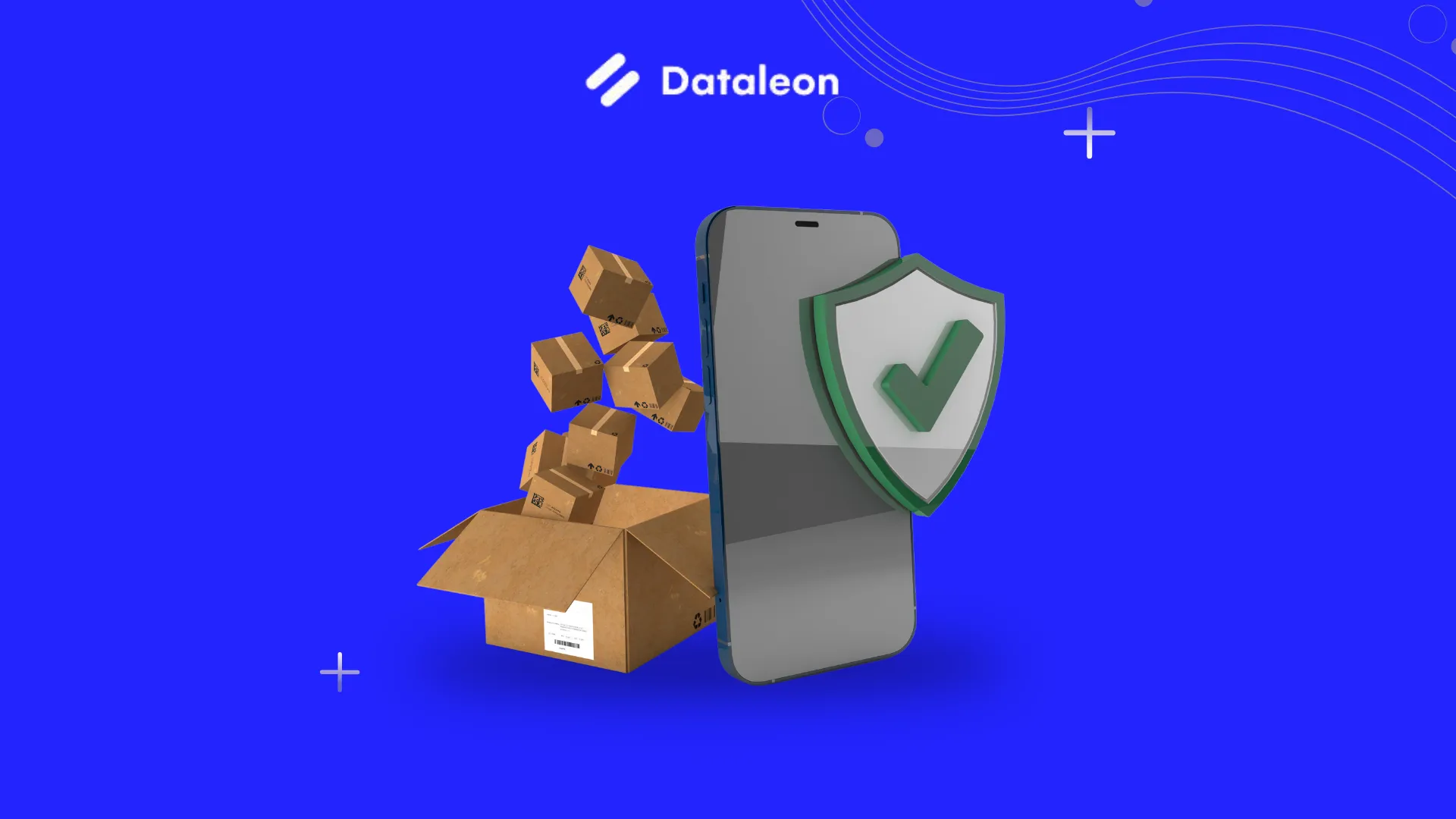Self-supervised learning (SSL) in AI: understanding the basics
Discover the limitless potential of self-supervised learning: AI's independent insight revolutionizes innovation, shaping a brighter, tech-driven future.



Discover the limitless potential of self-supervised learning: AI's independent insight revolutionizes innovation, shaping a brighter, tech-driven future.

SSL has become a hot topic in the field of AI because it has the potential to significantly reduce the amount of labeled data required for training AI models. Traditionally, supervised learning methods require large amounts of labeled data to train AI models effectively. However, SSL methods can leverage unlabeled data to train AI models, which can make the training process faster, cheaper, and more efficient.
In SSL, an AI model is trained to learn from the data itself. This is done by creating tasks for the model to complete, which are designed to encourage the model to identify and learn meaningful patterns in the data.
For example, one SSL task might involve predicting the missing words in a sentence based on the words that come before and after the missing word. Another task might involve predicting the rotation of an image.
By completing these tasks, the AI model can learn to identify and understand patterns in the data. This can help the model to perform well on downstream tasks, such as image classification or natural language processing.
One of the biggest benefits of SSL is that it can significantly reduce the amount of labeled data required for training AI models. Labeled data is often expensive and time-consuming to create, which can be a barrier to entry for many organizations.
By leveraging unlabeled data, SSL can help to reduce the cost and time required to train AI models. This can make AI more accessible to a wider range of organizations and industries.
SSL can also help to improve the performance of AI models. By training on unlabeled data, the model can learn to identify more nuanced patterns in the data. This can lead to better generalization and improved performance on downstream tasks.
While SSL has many benefits, there are also several challenges to consider. One of the main challenges is that designing effective SSL tasks can be difficult. It's important to create tasks that encourage the model to learn meaningful patterns in the data, while avoiding tasks that are too easy or too difficult.
Another challenge is that SSL can be computationally expensive. SSL methods often require large amounts of data and compute resources to train effectively. This can be a barrier for organizations with limited resources.
SSL also requires careful tuning of hyperparameters and model architecture. This can be a time-consuming and challenging process, especially for organizations that are new to AI.
SSL has been used in a variety of applications in AI, including computer vision, natural language processing, and speech recognition.
For example, Facebook AI Research recently developed an SSL approach for training computer vision models. Their approach, called "SimCLR," involves training a model to identify the similarities and differences between pairs of images. This approach was able to achieve state-of-the-art performance on several computer vision benchmarks, using only unlabeled data for training.
In natural language processing, SSL has been used to train language models that can generate high-quality text. OpenAI's GPT-2 language model, for example, was trained using an SSL approach that involved predicting the missing words in a sentence.
Self-supervised learning is an exciting area of research in AI that has the potential to significantly reduce the amount of labeled data required for training AI models. By leveraging unlabeled data, SSL can help to reduce the cost and time required to train AI models, while also improving performance.
While there are challenges to consider, SSL has shown promise in a variety of applications in AI, from computer vision to natural language processing. As SSL continues to evolve, it has the potential to transform the field of AI and make it more accessible to a wider range of organizations and industries.
Dataleon can help you bring your images and documents to life with ease.
Test the platform for freeContact us.svg)
Try 15 days
.svg)
No credit card
.svg)
Cancel Anytime